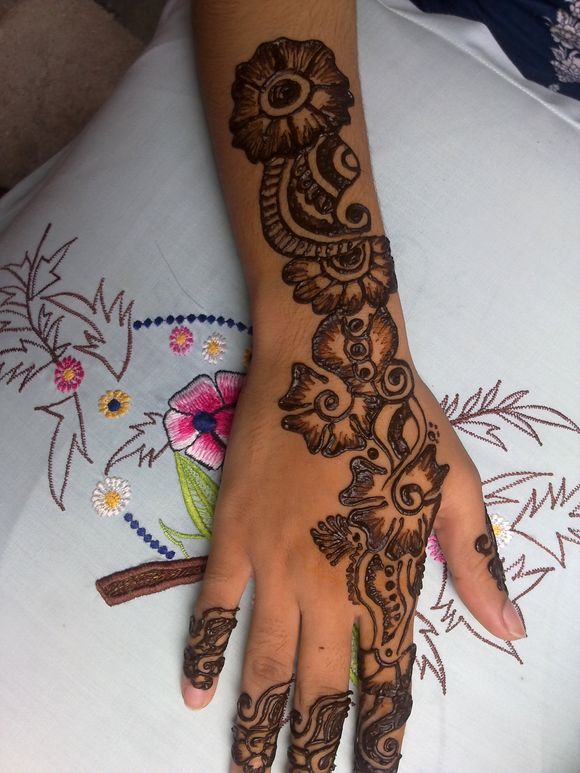The Moroccan patio is a stunning and unique feature that adds an exotic touch to any property. With its intricate tilework, lush greenery, and comfortable seating areas, it's no wonder that more and more people are incorporating this design into their outdoor spaces. In this blog post, we'll explore the many benefits of having a Moroccan patio, including its rich history and cultural significance, as well as tips for creating your own oasis.
While the Moroccan patio may seem like a luxury, it actually addresses many common pain points that homeowners face when it comes to outdoor living spaces. For example, it provides a comfortable and sheltered area for relaxation and entertaining, even in hot or rainy weather. It also adds an element of privacy and security, as the high walls and foliage create a secluded oasis.
The target of the Moroccan patio is to create a peaceful and serene atmosphere where one can relax and unwind. It's the perfect place to escape the hustle and bustle of everyday life and immerse oneself in a different culture.
In summary, the Moroccan patio is a beautiful and practical addition to any property. It offers a comfortable and sheltered area for relaxation and entertaining, as well as privacy and security. Its rich history and cultural significance make it a unique and exotic feature that adds character to any home.
What is a Moroccan Patio?
The Moroccan patio is a courtyard-style outdoor space that is traditionally found in Moroccan homes and riads (traditional Moroccan houses with an interior garden or courtyard). It typically features a central fountain or water feature, surrounded by lush greenery and intricate tilework. The patio is usually surrounded by high walls and is designed to provide a private and peaceful area for relaxation and entertaining.
The design of the Moroccan patio is inspired by Islamic architecture and art, which is characterized by intricate geometric patterns, vibrant colors, and a strong emphasis on symmetry. The tilework in a Moroccan patio is particularly impressive, with colorful and intricate designs covering the floors, walls, and columns.
The History and Myth of Moroccan Patio
The Moroccan patio has a rich history that dates back to the Islamic Golden Age (8th to 13th centuries). During this time, Islamic scholars and artists made significant contributions to the fields of science, art, and architecture, and it is from this period that the Moroccan patio's design is derived.
One myth associated with the Moroccan patio is that it was originally designed to keep women hidden from public view. While it's true that Moroccan homes were traditionally designed with separate living areas for men and women, the patio was not intended to be a place of seclusion. Rather, it was a communal space where family and friends could gather to socialize and enjoy the outdoors.
The Hidden Secret of Moroccan Patio
One of the hidden secrets of the Moroccan patio is the way it enhances the senses. The sound of the water feature, the smell of the flowers, and the feel of the cool tile underfoot all combine to create a sensory experience that is both relaxing and invigorating.
Another hidden secret of the Moroccan patio is its versatility. While it is traditionally used as an outdoor living space, it can also be adapted for a variety of uses, such as a meditation garden, a yoga studio, or even a workspace.
Recommendations for Moroccan Patio
If you're considering adding a Moroccan patio to your home, there are a few things to keep in mind. First, it's important to choose the right location. The patio should be situated in a spot that gets plenty of sunlight but is also sheltered from the wind and rain. It should also be easily accessible from the house and should provide a sense of privacy and seclusion.
Another recommendation for a Moroccan patio is to choose the right materials. The tilework is a key feature of the patio, so it's important to choose high-quality tiles that are durable and easy to clean. The furniture should also be comfortable and durable, with cushions and pillows that can withstand the elements.
Tips for Creating a Moroccan Patio
If you're ready to create your own Moroccan patio, here are a few tips to get you started:
- Choose a central focal point, such as a water feature or a large plant.
- Use vibrant colors and intricate patterns in the tilework.
- Include plenty of greenery, such as potted plants and hanging baskets.
- Add comfortable seating areas, such as floor cushions or lounge chairs.
- Incorporate Moroccan-style lanterns or string lights for ambiance.
Question and Answer
Q: What are some common plants used in a Moroccan patio?
A: Some common plants used in a Moroccan patio include jasmine, bougainvillea, and citrus trees.
Q: How can I adapt a Moroccan patio for a small space?
A: If you have a small outdoor space, consider creating a mini Moroccan patio with a small water feature, a few potted plants, and some colorful tilework.
Q: Can I incorporate a Moroccan patio into a modern home?
A: Yes! The Moroccan patio's intricate tilework and lush greenery can add a unique and exotic touch to any modern home.
Q: How can I maintain my Moroccan patio?
A: To maintain your Moroccan patio, be sure to sweep or mop the tilework regularly, water the plants as needed, and cover the furniture during inclement weather.
Conclusion
The Moroccan patio is a stunning and unique feature that provides a private and peaceful outdoor space for relaxation and entertaining. Its rich history and cultural significance, as well as its practical benefits, make it a popular choice for homeowners looking to add an exotic touch to their outdoor living spaces. Whether you're looking to create a full-scale Moroccan patio or a mini version, the tips and recommendations in this post will help you create a beautiful and functional oasis that you can enjoy for years to come.

No comments:
Post a Comment